Los Angeles once again hosted its highly anticipated annual cultural festival, an event that has become a beloved tradition for both residents and visitors. Known for its vast and rich cultural diversity, the city embraced the occasion as a powerful celebration of the many communities that call it home. The festival provided an unforgettable experience for thousands of attendees, offering a vibrant tapestry of music, dance, food, and art that reflected the city’s diverse cultural heritage.
The event was held in a spacious venue, with a series of stages and performance areas dedicated to showcasing the music and dance of different cultures. From early in the morning until late into the evening, the air was filled with the infectious rhythms of live performances. Various cultural groups representing Los Angeles’ international communities took to the stage to perform dances and songs that spanned generations and continents. Traditional folk dances from Eastern Europe, the captivating beats of African drumming, and the graceful movements of Asian ballet were just a few of the many performances that filled the festival. What made this celebration so special was the way it united performers and attendees in a shared experience of rhythm and culture, with festival-goers eagerly participating in impromptu dance circles and clapping along to the music. The performances were a powerful reminder of how music and dance can transcend language and geographic boundaries, bringing people together in celebration of both individuality and unity.
At the heart of the festival was the food. The event featured a diverse array of food stalls, each offering authentic dishes from around the world. The tantalizing aromas of grilled meats, fresh spices, and sweet treats filled the air, drawing crowds eager to indulge in the flavors of far-off lands. Whether it was the rich and spicy curries of India, the smoky aromas of grilled kebabs from the Middle East, or the sweet, delicate pastries from France, the festival’s food offerings were as diverse as the city itself. Attendees had the chance to taste dishes from countries they may never have visited, and the experience was a sensory delight. The culinary vendors took great pride in serving traditional dishes that allowed festival-goers to savor not only the flavors but also the stories behind each recipe, often explaining the cultural significance of the dishes they served.
The cultural celebration also included a visual arts exhibit that displayed the work of local artists from various ethnic backgrounds. The exhibit was a testament to Los Angeles’ thriving art scene and gave the public the opportunity to engage with creative works that explore themes of identity, migration, and cultural expression. Paintings, sculptures, and photographs all told stories of the city’s immigrant communities, highlighting the beauty of diversity through the eyes of those who lived it. The art installations provided not only an aesthetic experience but also a space for reflection on the complexities of belonging, the immigrant experience, and the strength found in cultural exchange. Artists used their platforms to communicate powerful messages about how art can bridge cultural divides, evoke empathy, and inspire change.
Throughout the festival, there were also numerous workshops and educational talks that encouraged dialogue about cultural understanding and the importance of preserving traditions while fostering unity. Speakers from various cultural and social organizations discussed issues such as social justice, the importance of diversity in community-building, and the role of art and culture in shaping social change. These sessions were not only informative but deeply moving, offering attendees an opportunity to reflect on their own roles in supporting inclusivity and combating cultural stereotypes. Some sessions focused on how to promote unity in a diverse society, with specific conversations addressing how different communities can work together to overcome the challenges posed by social, economic, and political divides.
As the day went on, the atmosphere at the festival felt more like a giant community gathering than a traditional cultural event. Families, friends, and strangers mingled and exchanged stories, sharing laughs and enjoying the sense of solidarity that comes with being part of something larger than oneself. The energy was palpable—everywhere you looked, there were smiles, laughter, and moments of connection. Children played together, tasting new foods and learning new dances, while adults engaged in thoughtful conversations about the shared future of their communities. This sense of togetherness, fostered by the festival, left everyone with a renewed sense of appreciation for the diverse city of Los Angeles.
The festival was a powerful reminder that Los Angeles, often seen as a crossroads of the world, thrives because of its diversity. It showed that cultural exchange is not only about learning from each other but also about embracing the differences that make each community unique. As the festival came to a close, it left everyone with a deep sense of gratitude for the richness of the city’s cultural fabric and the knowledge that events like this play a vital role in ensuring that every voice, every story, and every culture is celebrated. Los Angeles, with its boundless diversity, continues to lead by example, teaching us that understanding and appreciation of one another are not just ideals but actions that shape our collective future.
Read Also: https://socaljournal.com/los-angeles-hosts-a-day-of-rich-cultural-celebrations/

